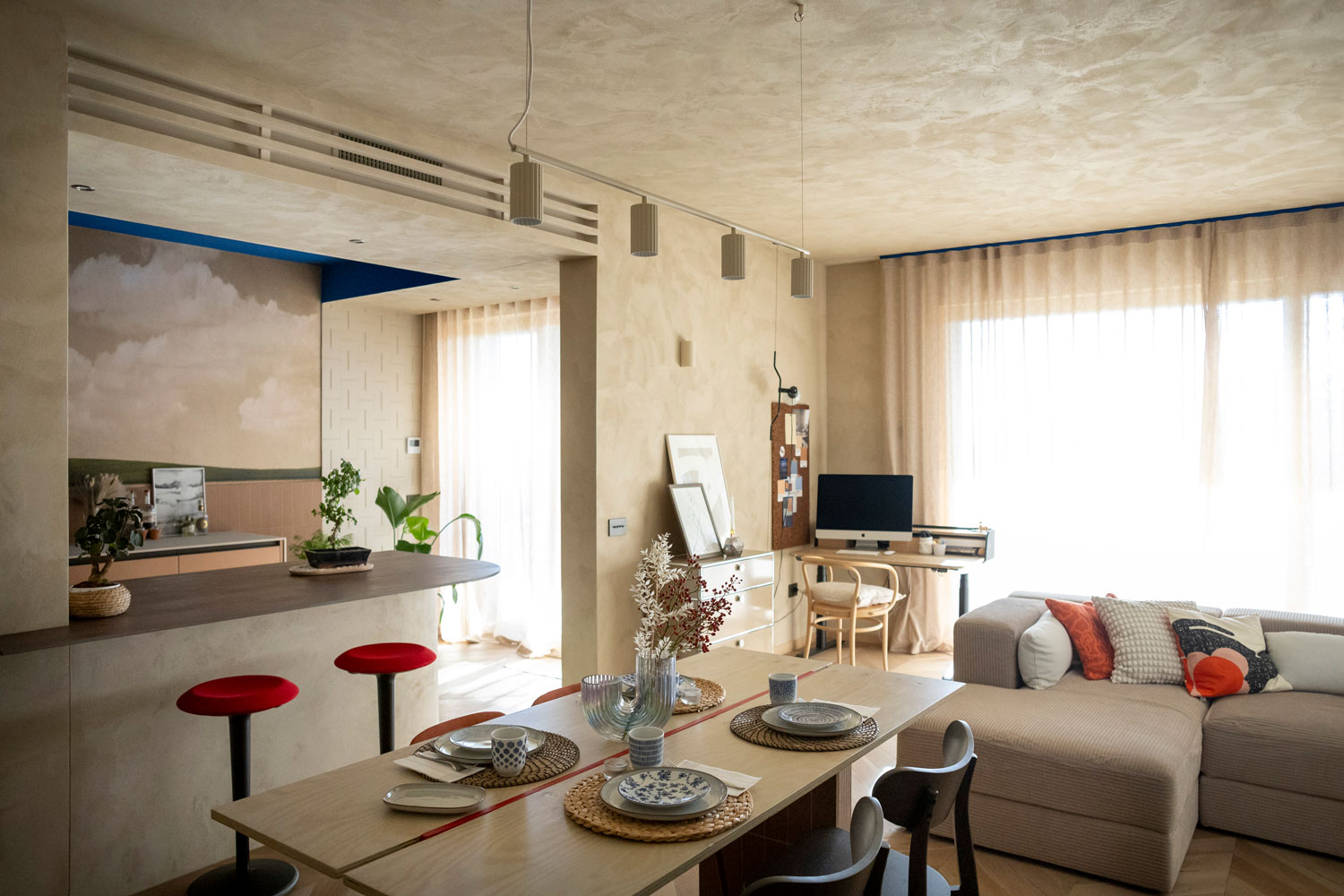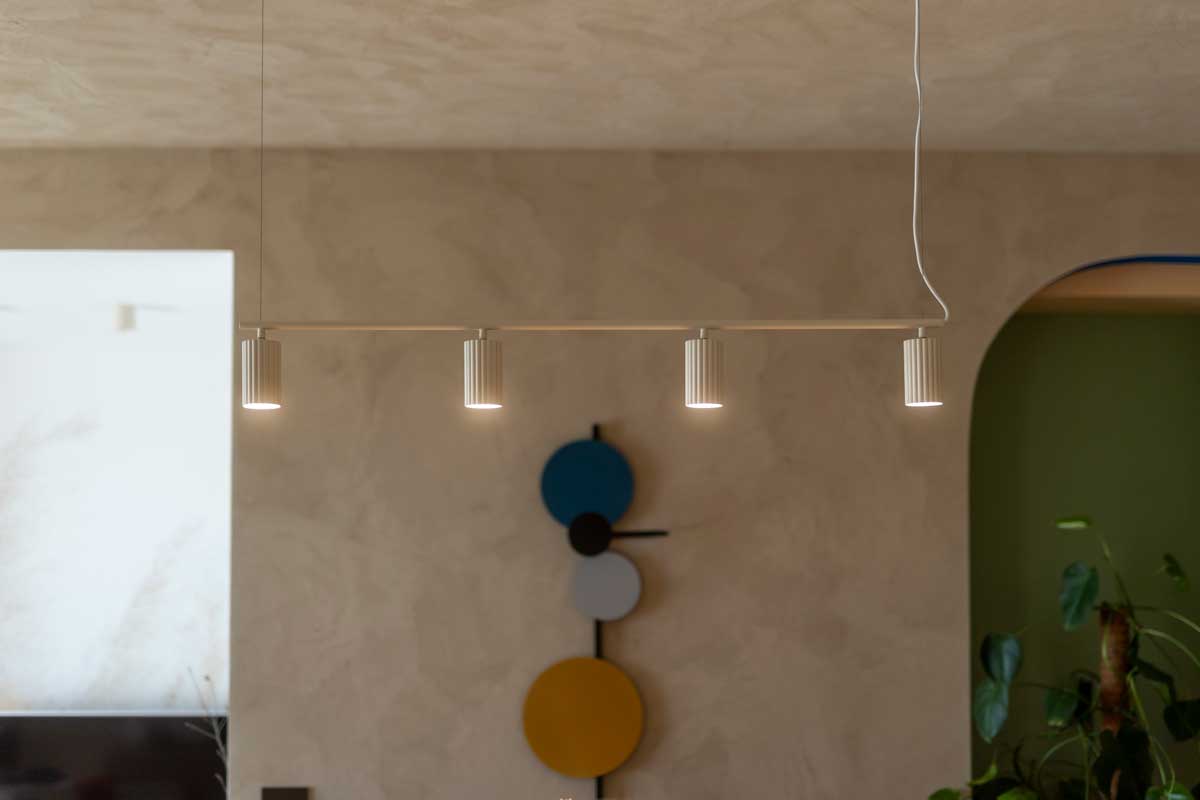Are you looking for ways to improve your productivity in the workplace?
If so, you’re not alone. Many people struggle with staying productive, especially when working in an office setting.
One way to help increase productivity is by adjusting the lighting in your workspace. We will discuss some tips on optimizing the lighting in your office so that you can be more productive.
1. Make Sure Your Work Area Is Well Lit When You Arrive In the Morning
When it is dark outside, the instinct is to turn on overhead lights when you enter a room. This can be unpleasant to others around you and disrupt their concentration. If possible, try turning off lighting sources when it’s not needed (like at night). If this is not possible, try to use lamps instead of overhead lights. This will ensure that the lighting is targeted to your workspace only.

2. Use Task Lighting For Detailed Work
If you are doing a task that requires additional light (such as putting together a presentation deck), you could use small desk lamps or other sources of focused lighting to enhance your productivity. Using task lighting will help prevent shadows from getting in the way of your work area.
3. Use Ambient Lighting to Set the Mood
Ambient lighting is usually achieved using overhead lights or lamps. This type of lighting can help create a welcoming atmosphere for clients and customers when they come into your workspace, but it could also be used as a night light for those working late into the night.

4. Adjust Your Lighting Based On Your Schedule
If you adjust the lighting in your workspace, you will want to ensure that this is done automatically using a programmable switch. This way, your lighting can be adjusted automatically by the time of day and will not require anyone’s help to change the lighting.
5. Add a Dimmer to Overhead Lights If Possible
If you still think you could use more light in your workspace, adding a dimmer switch for overhead lights can be very beneficial. This will allow people to adjust their lighting based on what they are working on at that moment. For example, people may want to decrease lighting while reading on their computer, but they may want to increase the lighting when reading board materials.
6. Keep Windows Clean and Free Of Glare
If windows in your workspace (or cubicle) allow a lot of light through, make sure to keep them clean. If possible, try to use blinds or shades on windows to control the amount of light coming through. If this is not possible, you can always try to use a few minor desk lamps to help combat glare from outside lighting.

7. Make Sure That Overhead Lighting Does Not Produce Glare On Computer Monitors or Television Screens
If there is glare on your computer monitor or television screen, you could adjust the tilt of the screens so that they are facing more towards you. If this cannot be done, try using lamps with adjustable necks to help redirect light away from these areas and reduce glare.
8. LED Panel Lights
LED panel lights are becoming more popular in modern lighting design because they provide very bright light while using low amounts of electricity. These lights also do not produce much heat to be safely used near computer monitors and other vulnerable equipment.
/ Conclusion
If you follow the tips provided above, you should not only see an improvement in your productivity levels, but you should also find that your workspace looks more professional. In addition, the improved lighting should reduce eye strain, which will allow people to feel better during their workday.

All images via DepositPhotos.com




